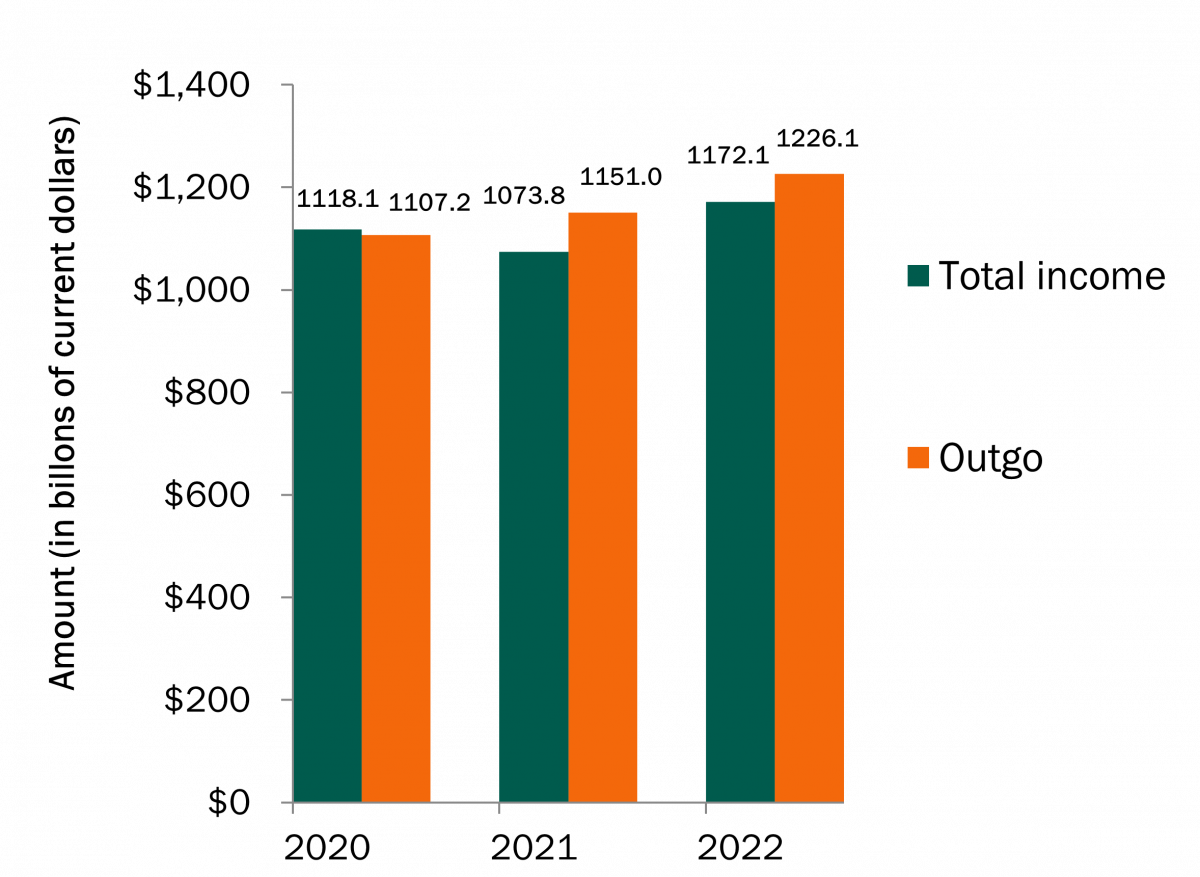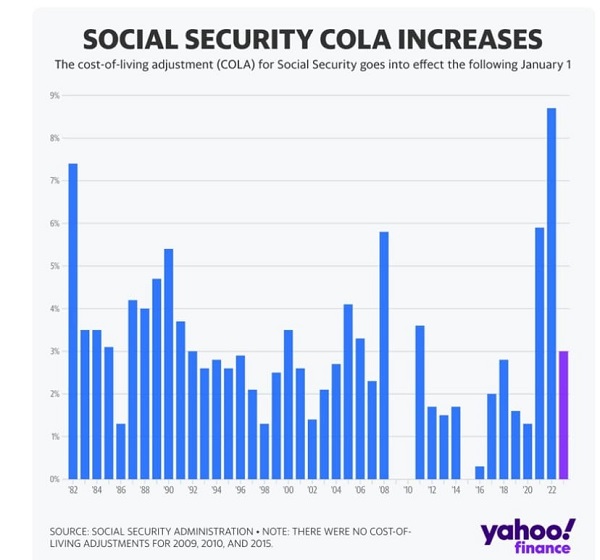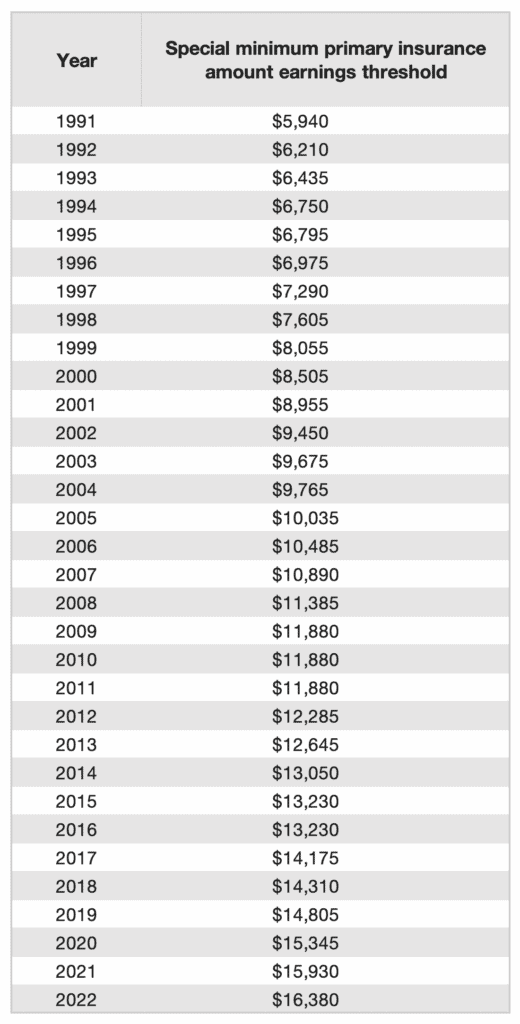As the new year approaches, many Medicare beneficiaries are wondering what changes they can expect to their premiums in 2025. One important factor that affects Medicare premiums is the Income-Related Monthly Adjustment Amount (IRMAA). In this article, we will break down the IRMAA brackets and surcharges for 2025, helping you understand how your income may impact your Medicare premiums.
What is IRMAA?
IRMAA is a surcharge added to the premium of Medicare Part B (medical insurance) and Medicare Part D (prescription drug coverage) for beneficiaries with higher incomes. The surcharge is based on the beneficiary's modified adjusted gross income (MAGI) from two years prior. For example, the IRMAA surcharge for 2025 will be based on the beneficiary's 2023 tax return.
IRMAA Brackets for 2025
The IRMAA brackets for 2025 are as follows:
Single filers with an income between $91,000 and $114,000 will pay a surcharge of $65.90 per month for Medicare Part B and $12.20 per month for Medicare Part D.
Single filers with an income between $114,001 and $142,000 will pay a surcharge of $164.80 per month for Medicare Part B and $32.30 per month for Medicare Part D.
Single filers with an income between $142,001 and $170,000 will pay a surcharge of $263.70 per month for Medicare Part B and $52.40 per month for Medicare Part D.
Single filers with an income between $170,001 and $216,000 will pay a surcharge of $362.60 per month for Medicare Part B and $72.50 per month for Medicare Part D.
Single filers with an income above $216,000 will pay a surcharge of $461.50 per month for Medicare Part B and $92.60 per month for Medicare Part D.
For joint filers, the IRMAA brackets are:
Joint filers with an income between $182,000 and $228,000 will pay a surcharge of $65.90 per month for Medicare Part B and $12.20 per month for Medicare Part D.
Joint filers with an income between $228,001 and $284,000 will pay a surcharge of $164.80 per month for Medicare Part B and $32.30 per month for Medicare Part D.
Joint filers with an income between $284,001 and $340,000 will pay a surcharge of $263.70 per month for Medicare Part B and $52.40 per month for Medicare Part D.
Joint filers with an income between $340,001 and $432,000 will pay a surcharge of $362.60 per month for Medicare Part B and $72.50 per month for Medicare Part D.
Joint filers with an income above $432,000 will pay a surcharge of $461.50 per month for Medicare Part B and $92.60 per month for Medicare Part D.
How to Minimize IRMAA Surcharges
While the IRMAA surcharge is mandatory for beneficiaries with higher incomes, there are some strategies to minimize the surcharge:
Consider consulting with a financial advisor to optimize your income and reduce your MAGI.
Take advantage of tax-deferred savings vehicles, such as 401(k) or IRA accounts, to reduce your taxable income.
If you are married, consider filing separately to reduce your joint income.
In conclusion, understanding the IRMAA brackets and surcharges for 2025 is crucial for Medicare beneficiaries with higher incomes. By knowing how your income may impact your Medicare premiums, you can take steps to minimize the surcharge and reduce your healthcare costs. Remember to consult with a financial advisor or tax professional to optimize your income and reduce your MAGI. With careful planning, you can ensure that you are getting the most out of your Medicare benefits while minimizing your out-of-pocket costs.
For more information on Medicare premiums and IRMAA surcharges, visit the official Medicare website or consult with a licensed insurance agent. Stay informed and take control of your healthcare costs in 2025.








